By Andrew Erickson
Editor’s Note: We recently spoke with Dr. Andrew Erickson, a professor of strategy in the U.S. Naval War College (NWC)’s China Maritime Studies Institute (CMSI), to get his take on the newly released U.S. maritime strategy, Advantage at Sea.
First, give us a sense of your overall assessment of the new maritime strategy, Advantage at Sea. What does it do, why does it matter, and how could it shape future naval strategy for the United States?
The tri-service strategy offers a clear vision of the greatest challenges facing the United States and its vital interests, how the U.S. Navy, Marine Corps, and Coast Guard can best address them, and the prioritization that will be required to do so. This well-written document is exceptional in its provision of information, substantive analysis, and guidance. It explains how China poses the greatest challenges to American interests of any nation: “the most comprehensive threat to the United States, our allies, and all nations supporting a free and open system.” It explains how America’s Sea Services, front-line witnesses to this sea change, are best placed to address many of those challenges, and why this should be the top priority moving forward.
I could not help but notice the amount of attention is given to China’s maritime militia in the document. Does the new strategy, in your view, pay enough attention to this threat? Do we have the resources needed in the Asia-Pacific considering the size and scope of the threat presented by Beijing in this area?
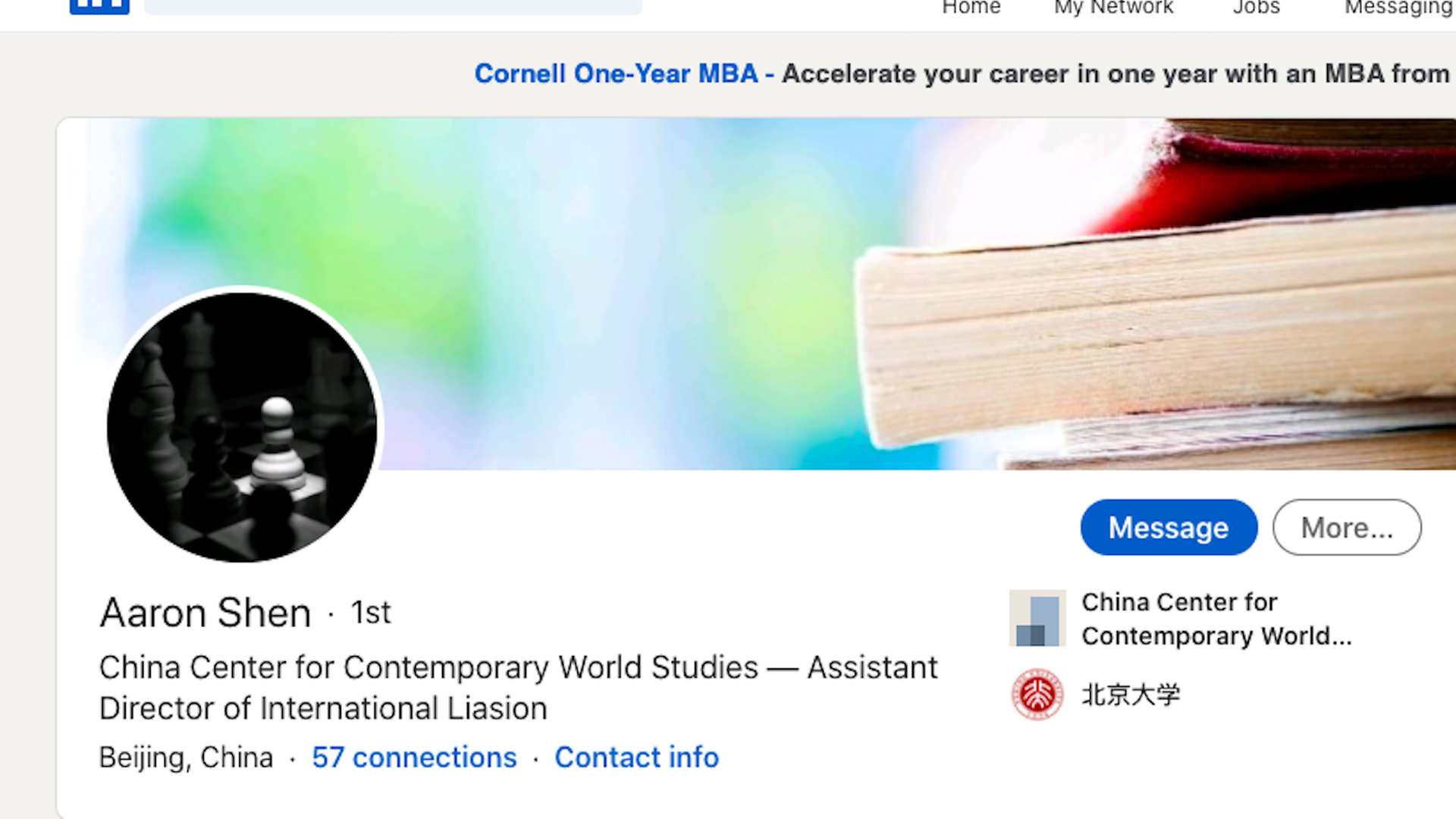
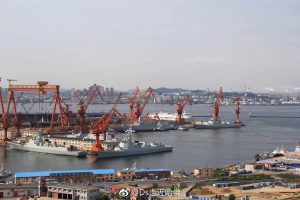

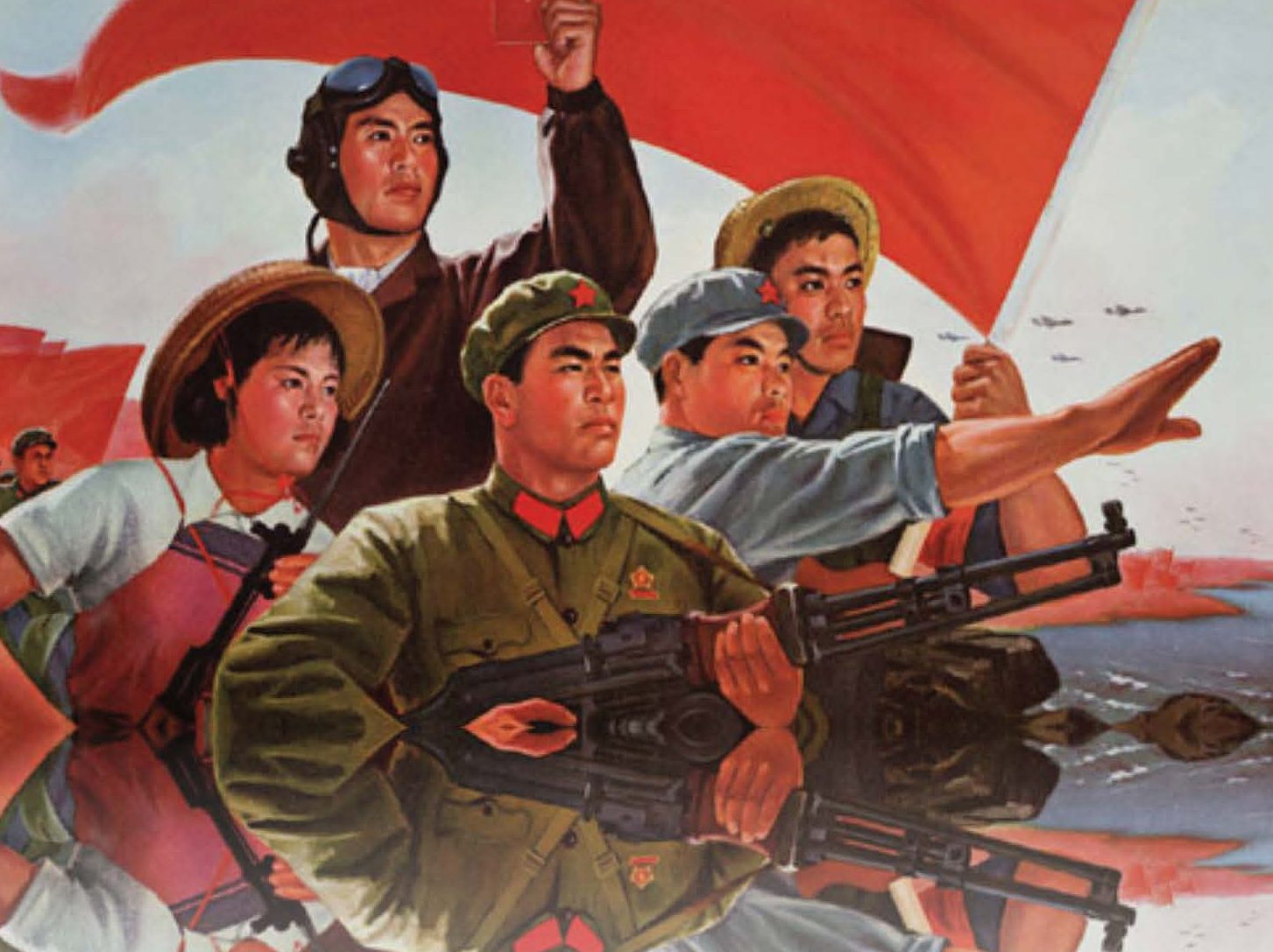

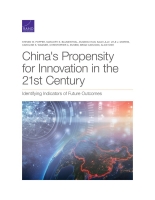


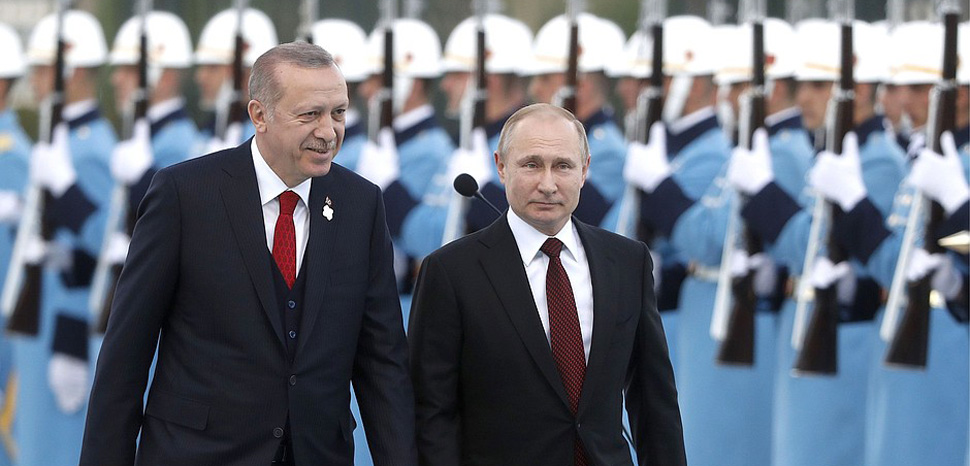





/cloudfront-us-east-1.images.arcpublishing.com/mco/IOUUEG5C4FEE7LI5WHCTDY7L64.jpg)

/cloudfront-us-east-1.images.arcpublishing.com/mco/KCYBHLW34VDALML5MW6LSDMVYY.jpg)